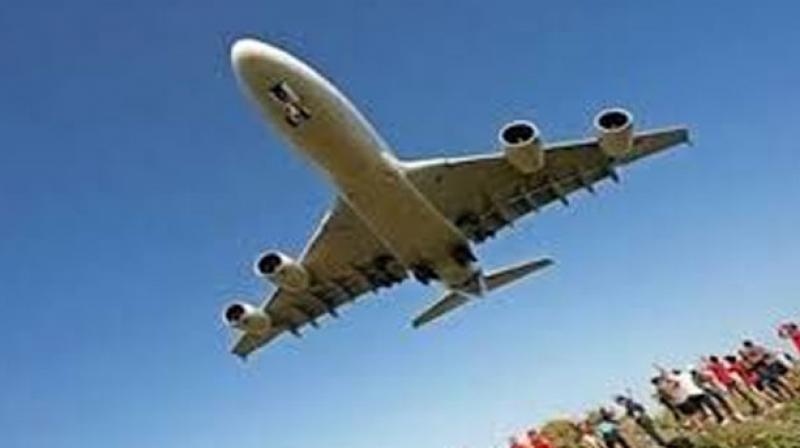Memories of Dreamliner grounding come back to haunt

The grounding of some of the IndiGo and Go Air Airbus A-320 Neos that were fitted with faulty engines has brought back memories of the previous similar major action taken five years ago by aviation regulator DGCA when it had grounded national carrier Air India’s six Boeing 787 Dreamliner aircraft in January, 2013. This had followed an emergency airworthiness directive issued by the United States' Federal Aviation Agency (FAA) that operations of the aircraft be “temporarily ceased”. The FAA had said then that there was a “potential battery fire risk” in the Boeing 787 Dreamliners that “requires operators to temporarily cease operations”.
The FAA had then said that in some cases, battery failure resulted “in release of flammable electrolytes, heat damage and smoke...”. It had further said this “could result in damage to critical systems and structures and potential for fire in electrical compartments”. The FAA also had conducted a review of (the dreamliner's) aircraft design, manufacture and assembly to validate the Boeing 787 “batteries and battery system”.
Four months later, in May, 2013, the DGCA allowed resumption of operations of the Boeing 787 Dreamliner aircraft by issuing an order lifting the ban on operations of the aircraft in India. This happened after Boeing replaced the battery systems. Air India had till then taken possession of six dreamliners from Boeing out of a total order of 27 aircraft that was placed in 2005-06.
Interestingly, just earlier this month, the government informed Parliament that the number of technical snags in aircraft in Indian carriers had gone up from about 15,000 in 2014 to 21,500 in 2016 and further up to a whopping 24,791 last year (2017). According to figures furnished by the government before Parliament, Jet Airways topped this list among the Indian carriers last year, with the number of technical snags across its fleet amounting to 9,689. The government informed Parliament that snags have increased in the past few years “due to increase in number of aircraft in the airline fleet and increased number of flight sectors”.
Meanwhile, aviation experts have expressed confidence that the current crisis that has resulted in cancellation of hundreds of IndiGo and Go Air flights will be tided over. Aviation expert Kapil Kaul of the Centre for Asia-Pacific Aviation (CAPA) says, “I don’t see a major challenge in terms of capacity. There is no major problem with pricing. March is an off-season for travel.” He also indicated that an airline like IndiGo would be able to bounce back and that only about 47 out of its daily 1,000 flights had been affected. He expressed confidence that IndiGo would get largely compensated for the “seasonal losses” from the original equipment manufacturer.
Just recently, minister of state for civil aviation Jayant Sinha had said there was no “meaningful spike” in air-fares, adding that with airlines acquiring more aircraft, the government expects “supply-demand to be back in balance quickly”. In a tweet, Mr Sinha had said, “With 17 engines (14 aircraft) grounded due to safety considerations, (it is) important to note that it is ~2% of capacity. With two planes coming in every week, we expect supply-demand to be back in balance quickly. Fares have not seen any meaningful spike.”
But others have a different viewpoint. Leading travel and tour operator and former president of the Travel Agents Association of India (TAAI) Rajji Rai says there has been a hike in spot fares by 10 to 20 per cent across all airlines ever since the flight cancellations were announced.
Spot fares refers to the fare offered by airlines just ahead of the time of travel. Airlines follow the system of “dynamic pricing” and any large-scale cancellation results in capacity reduction which does push up last-minute spot fares, he points out.

